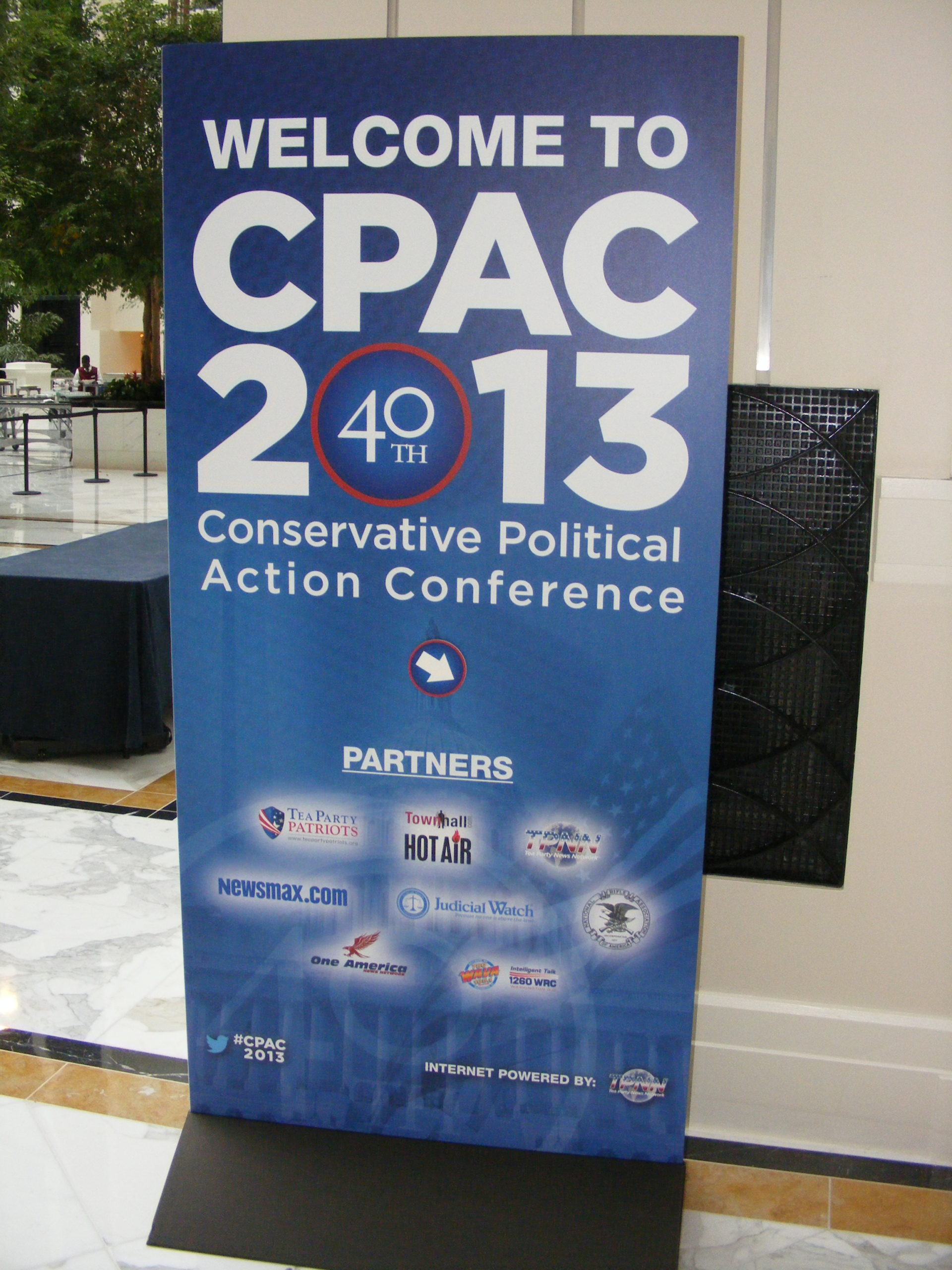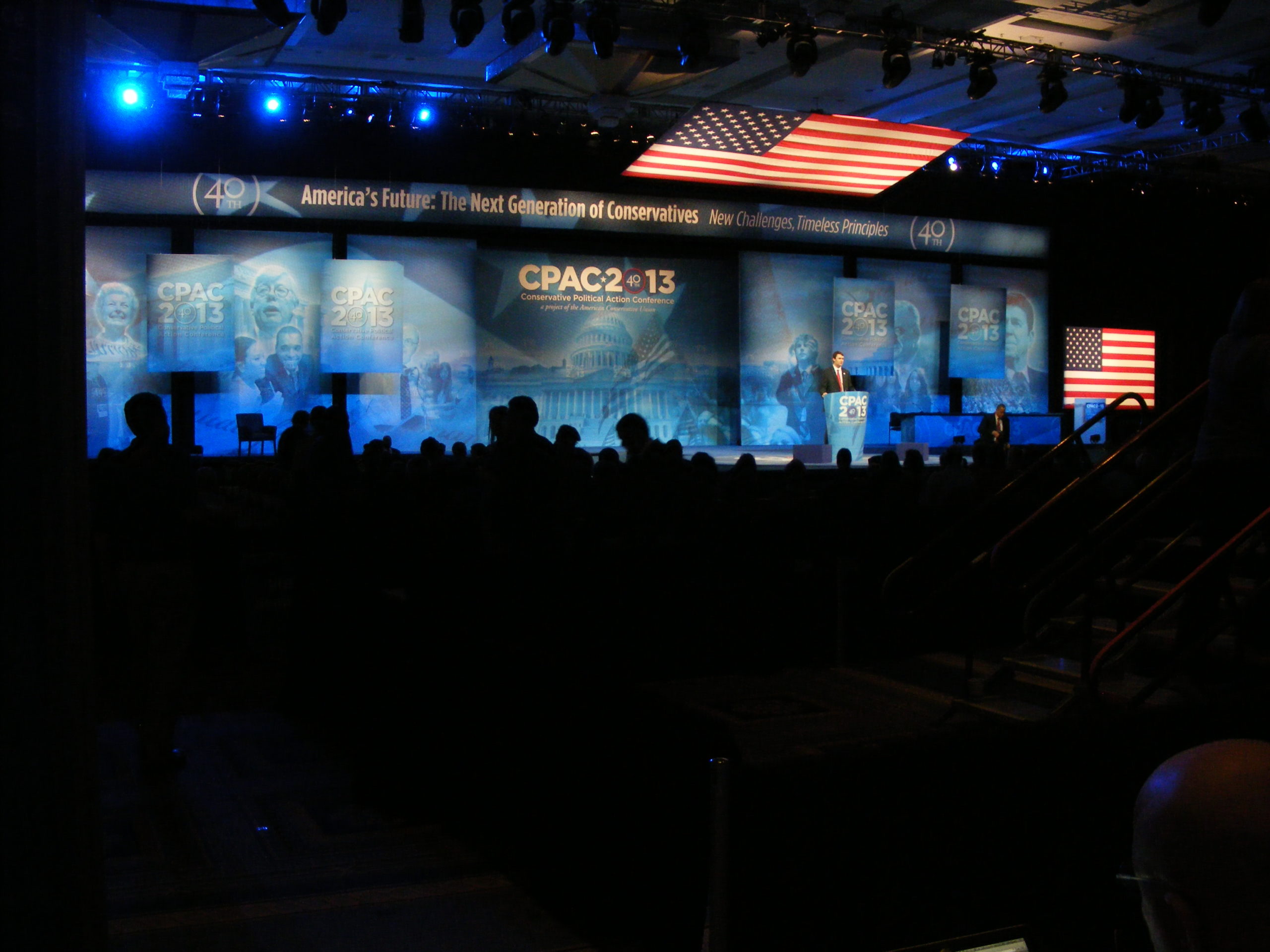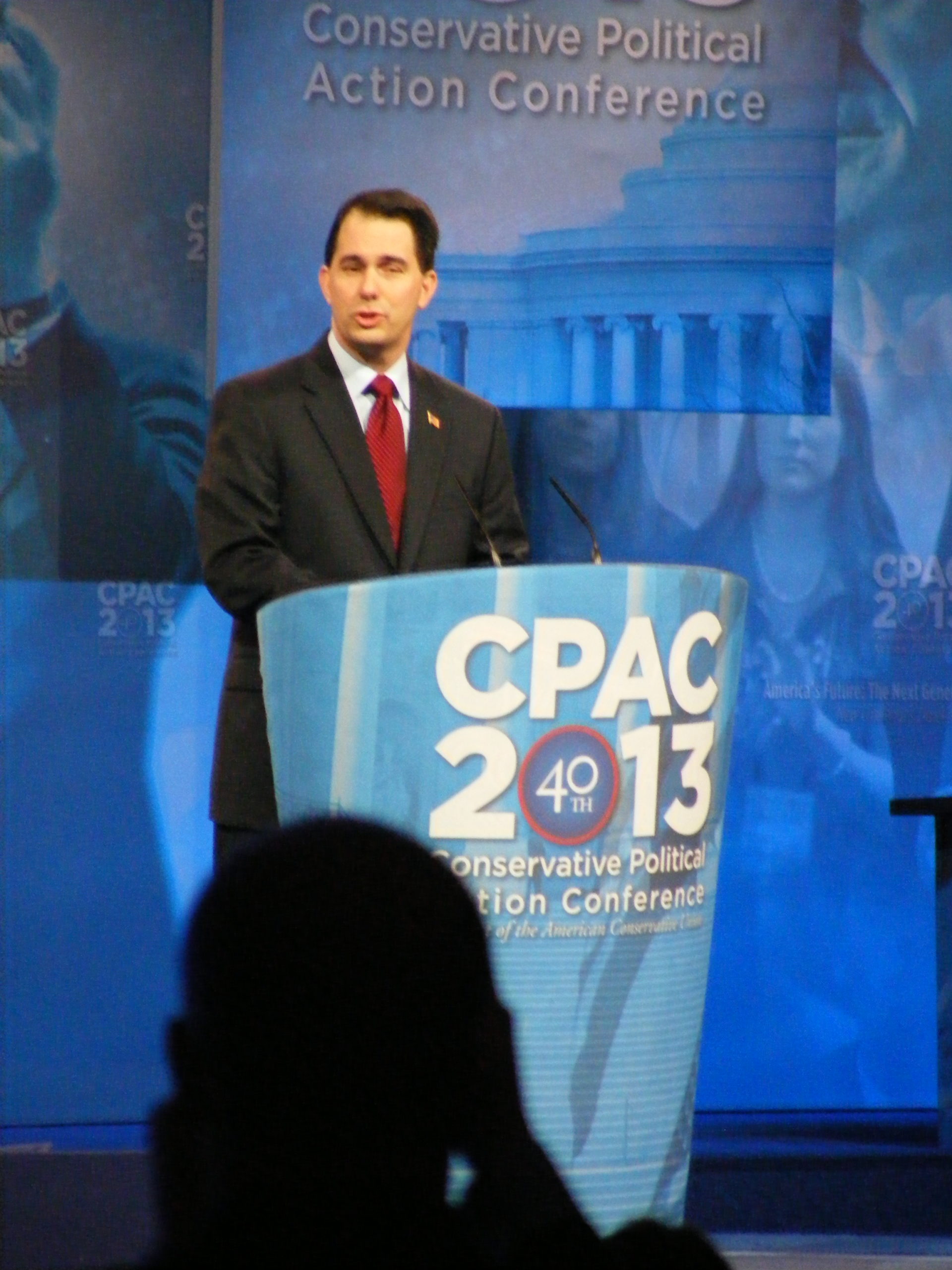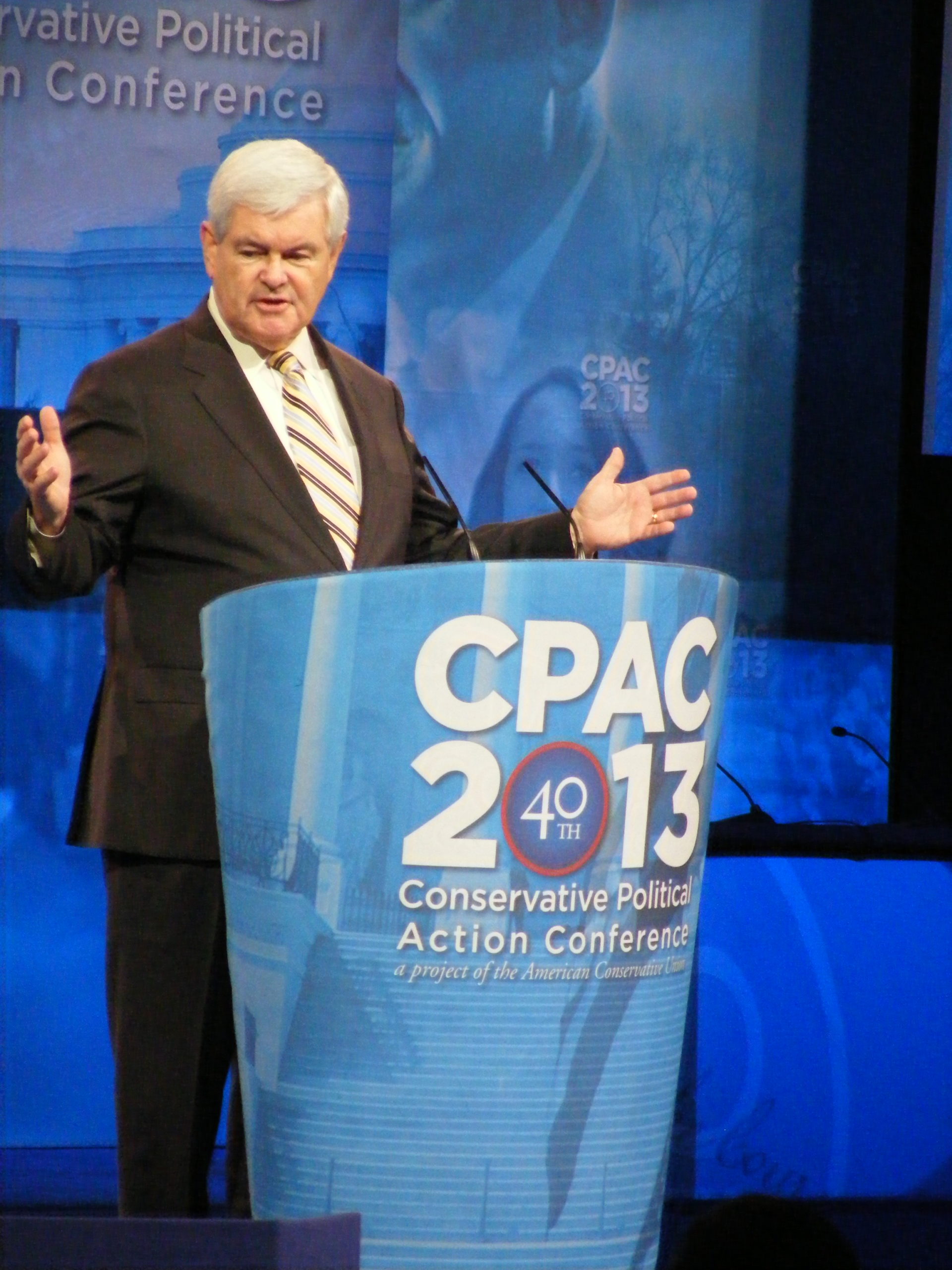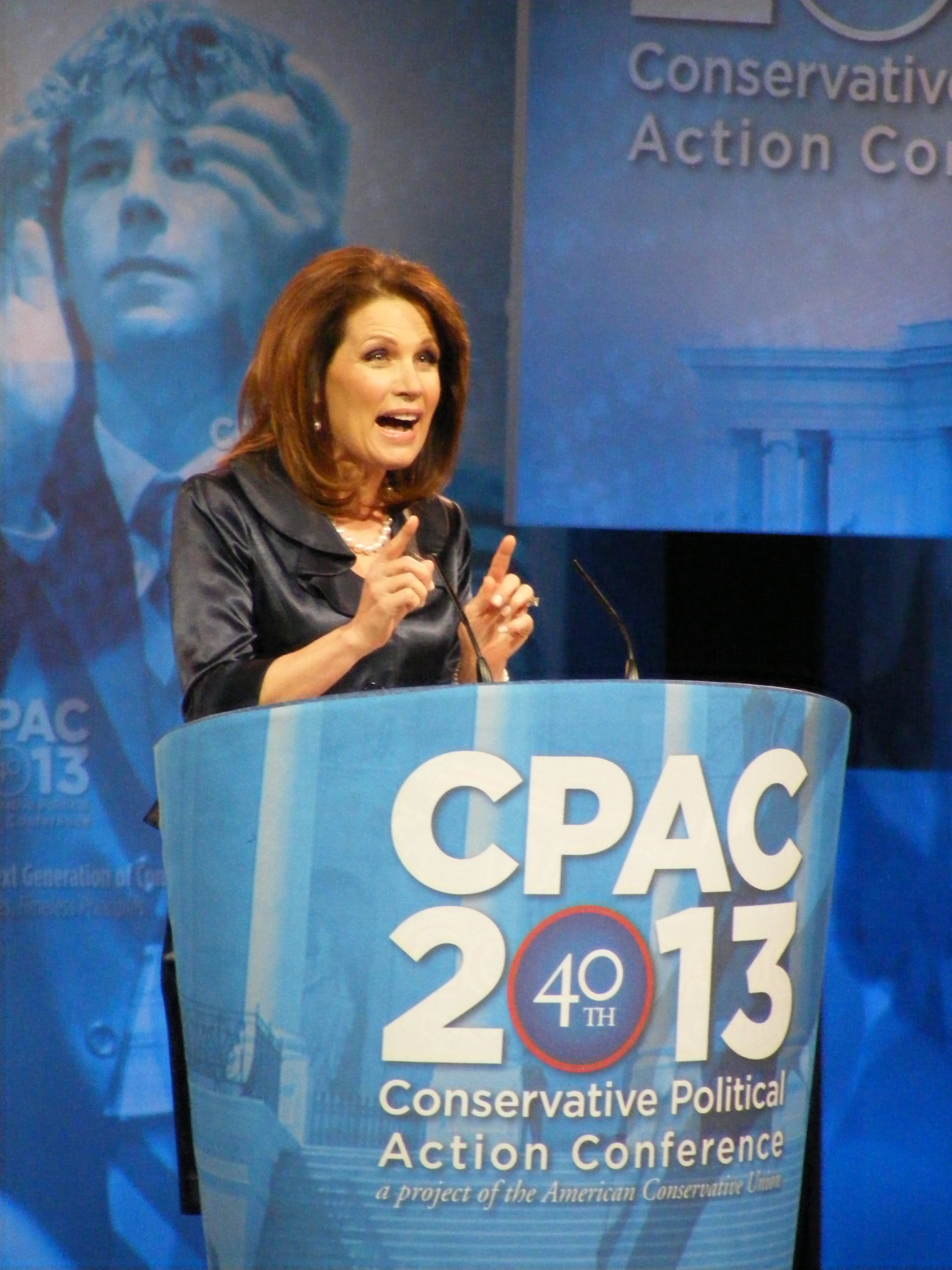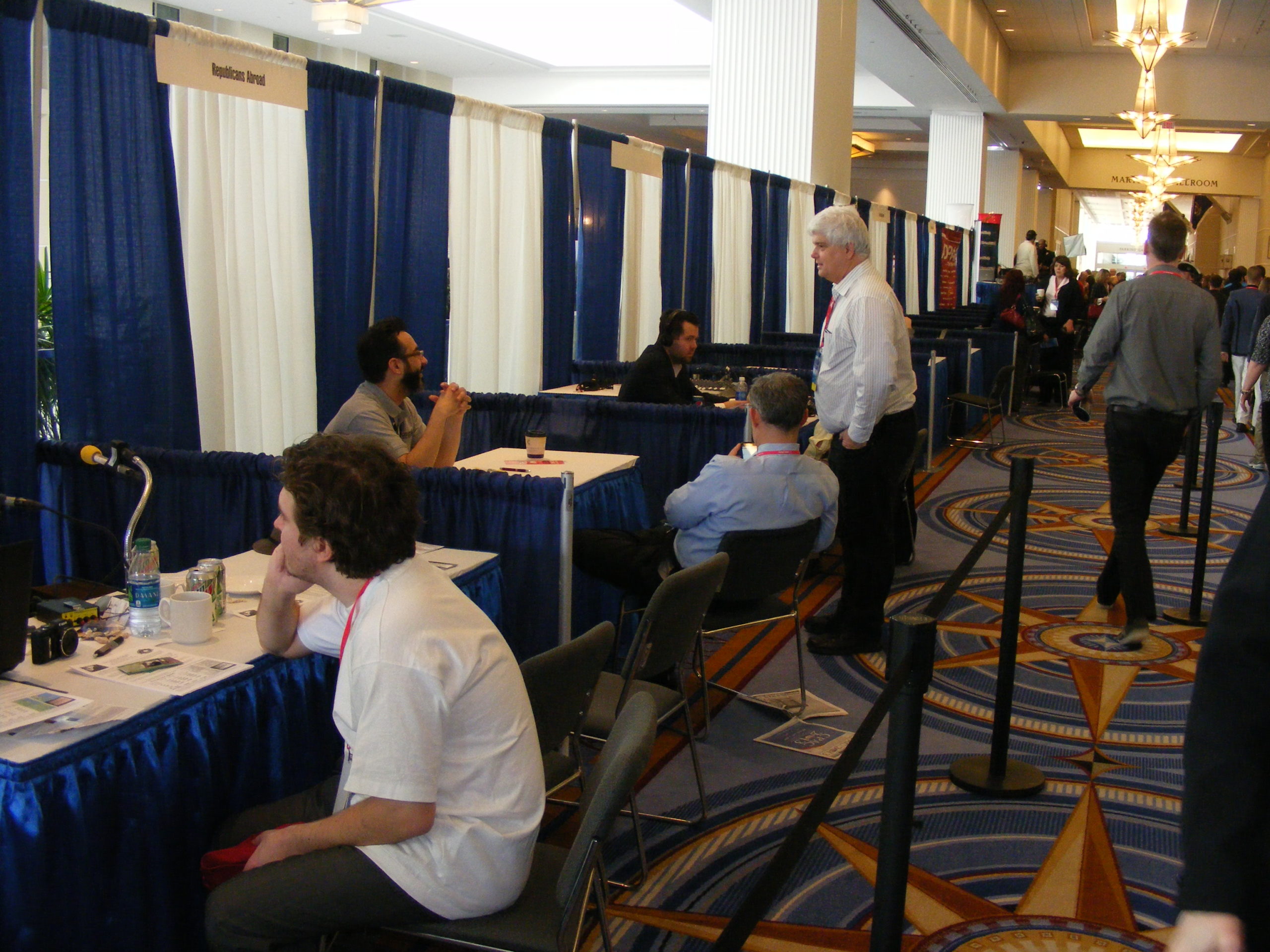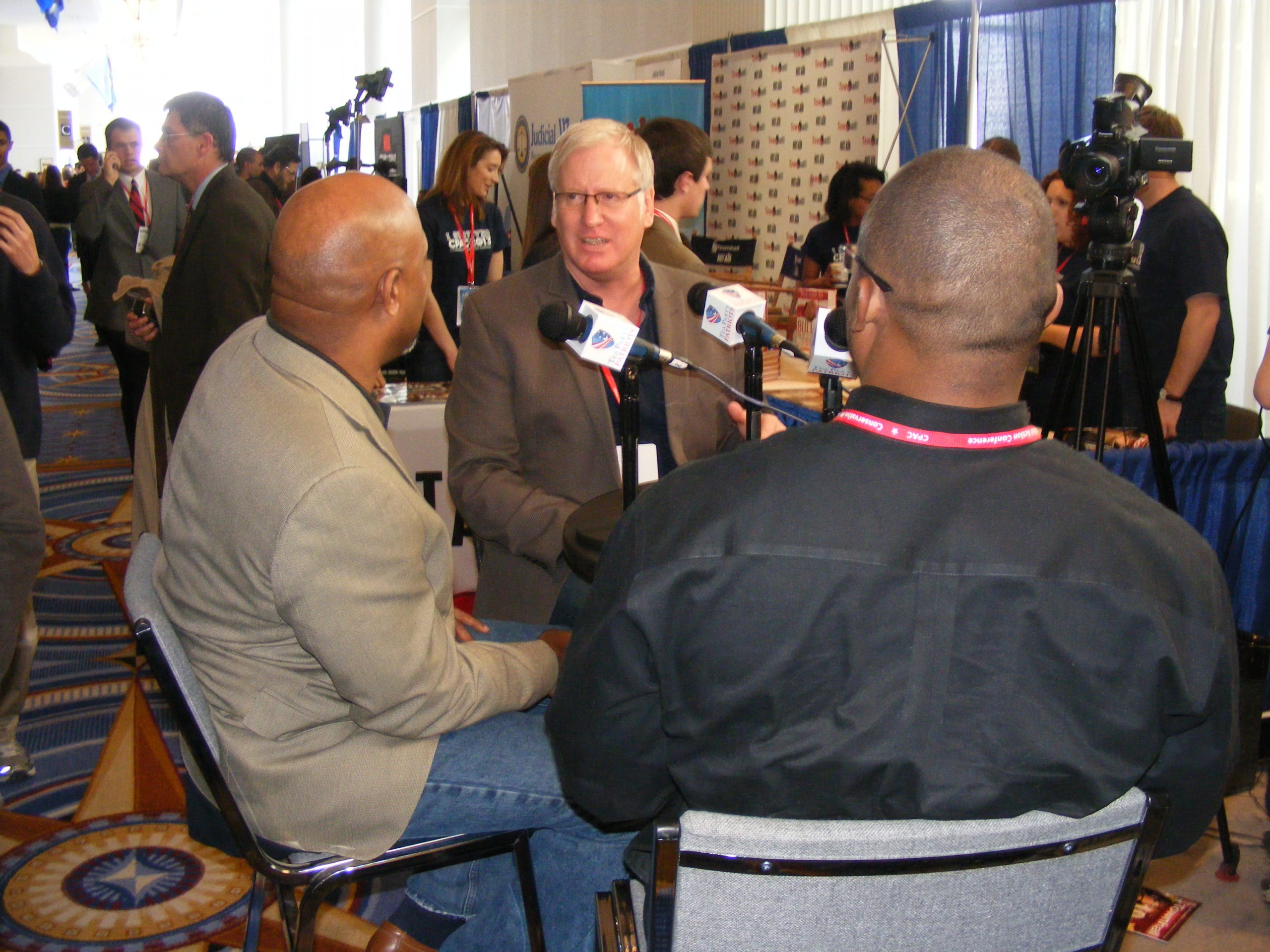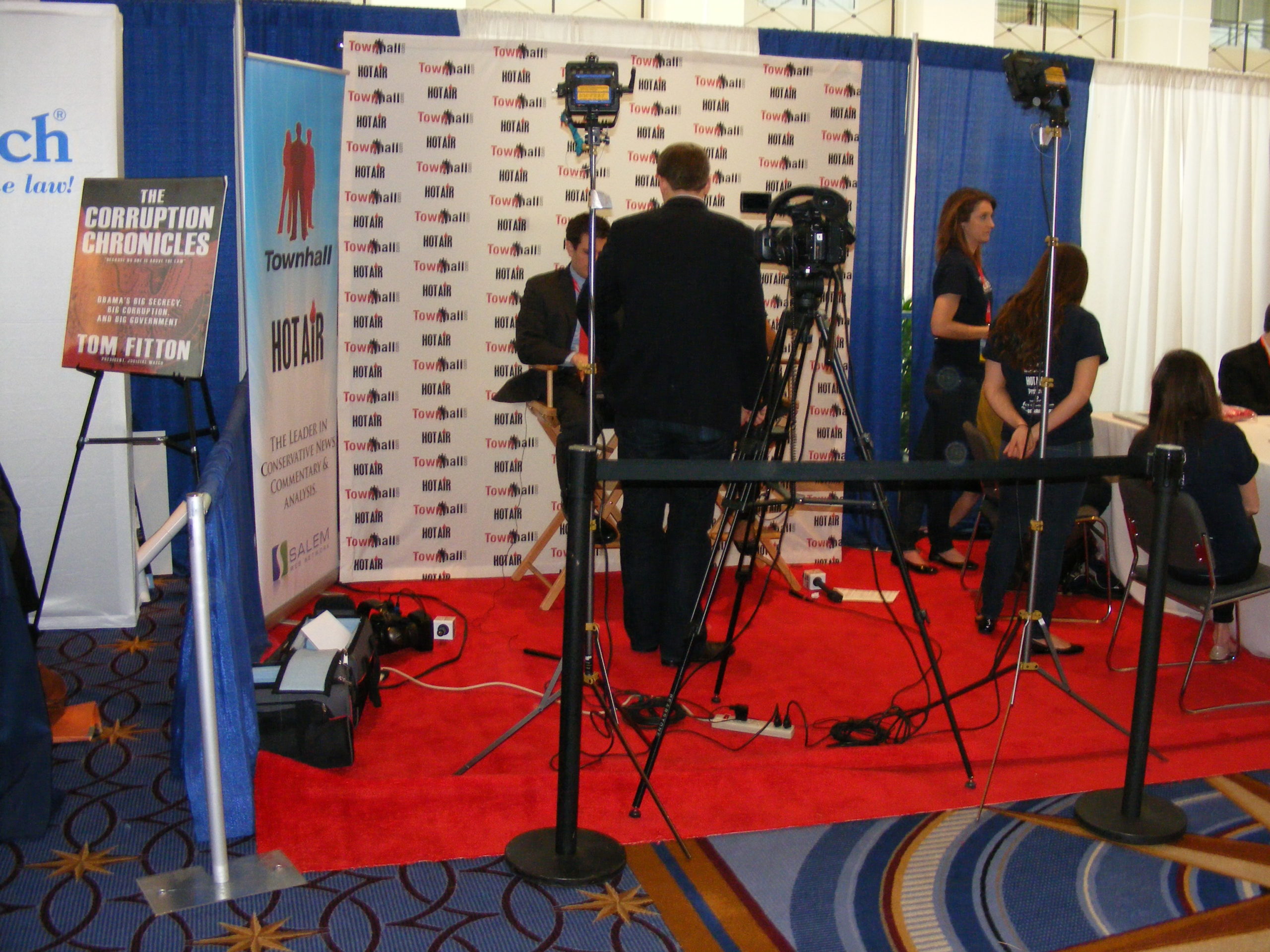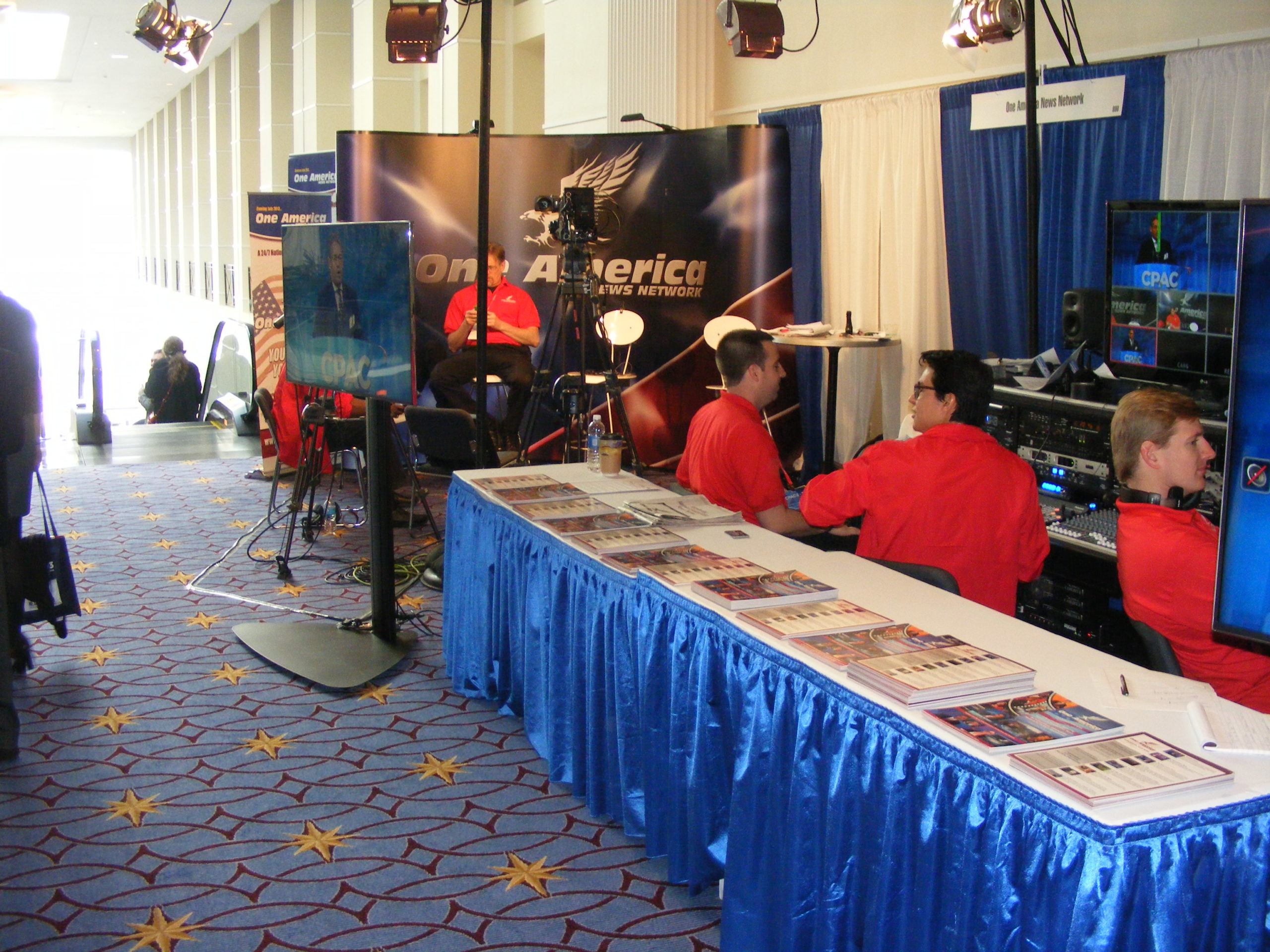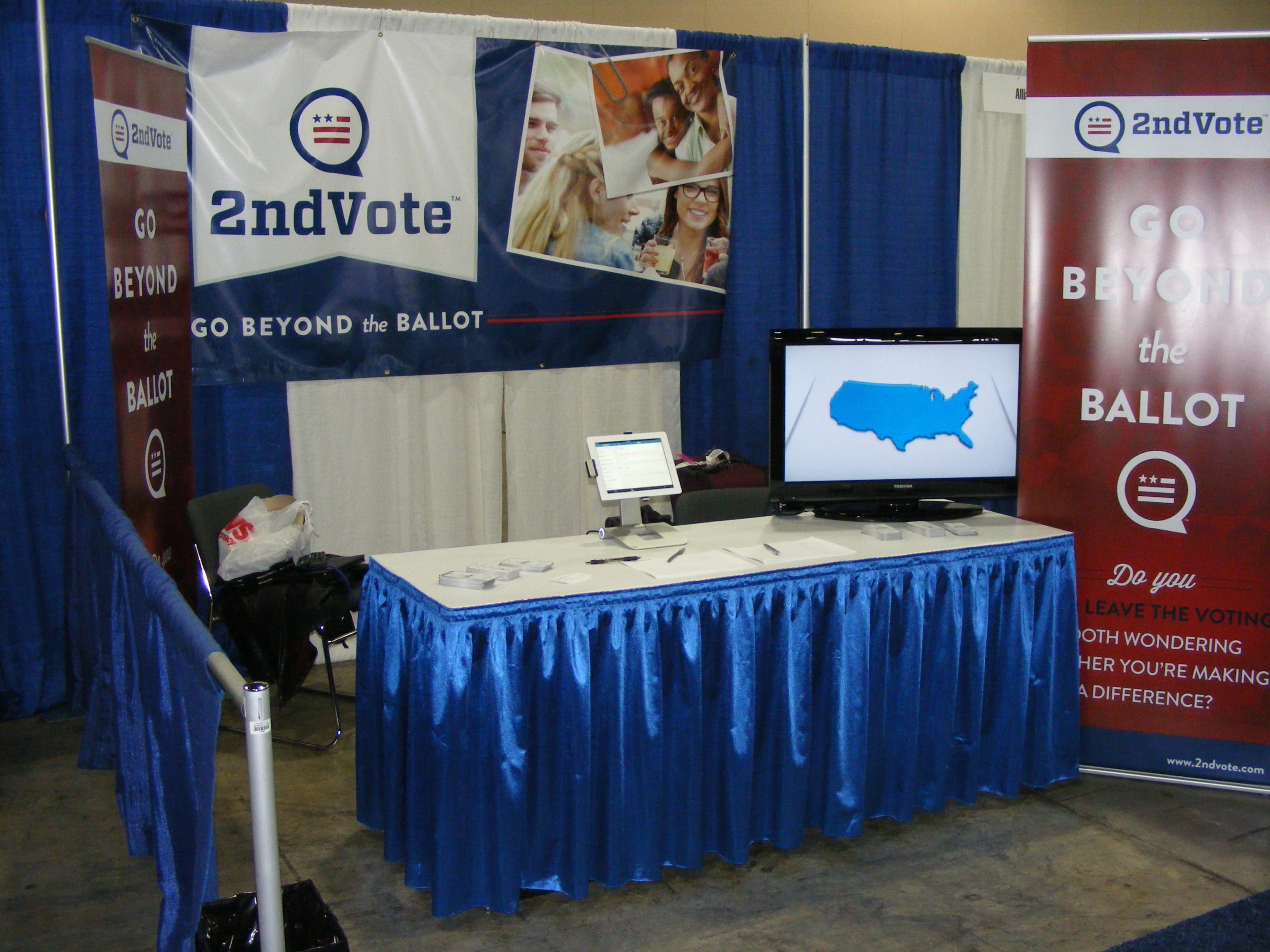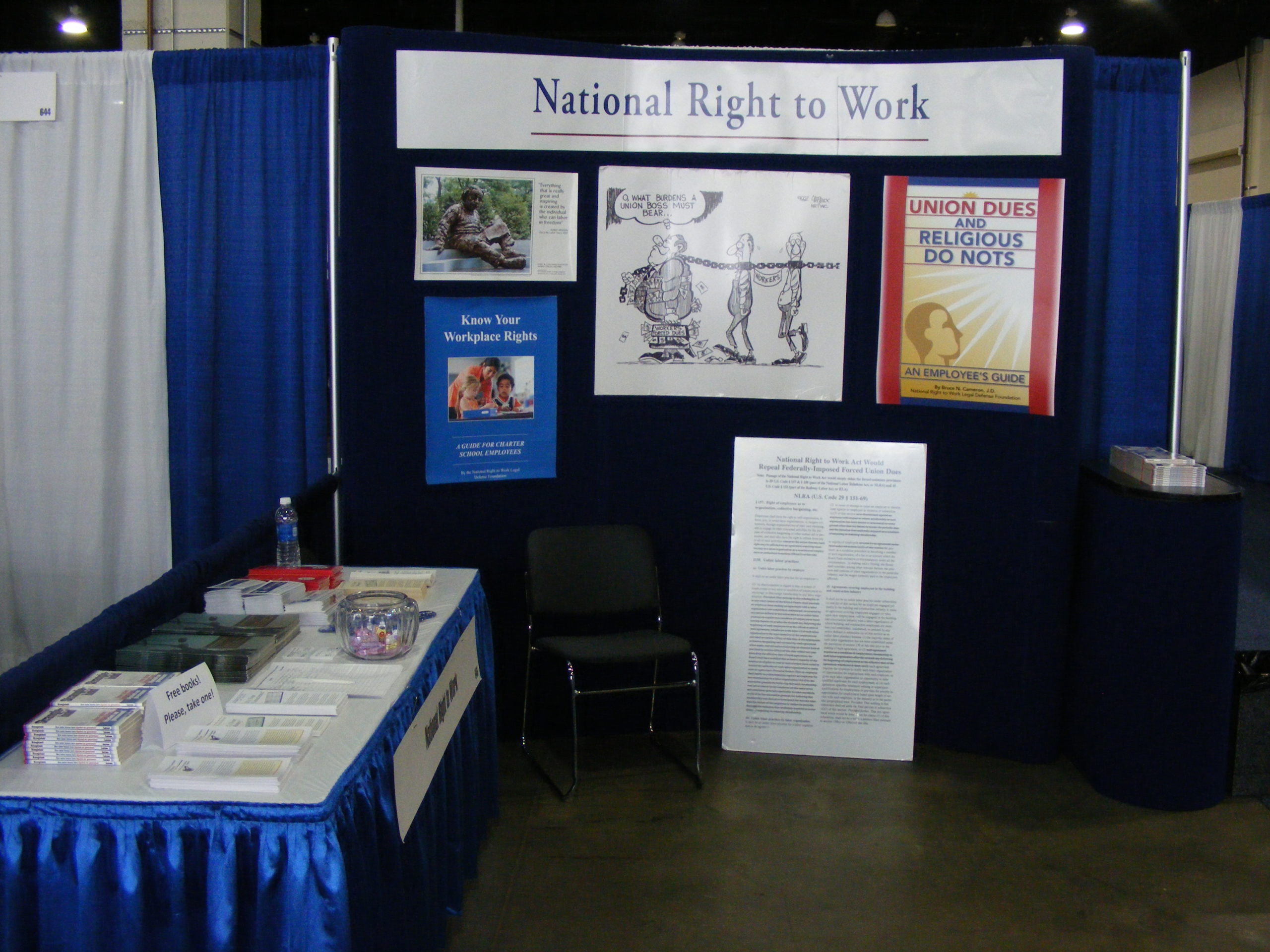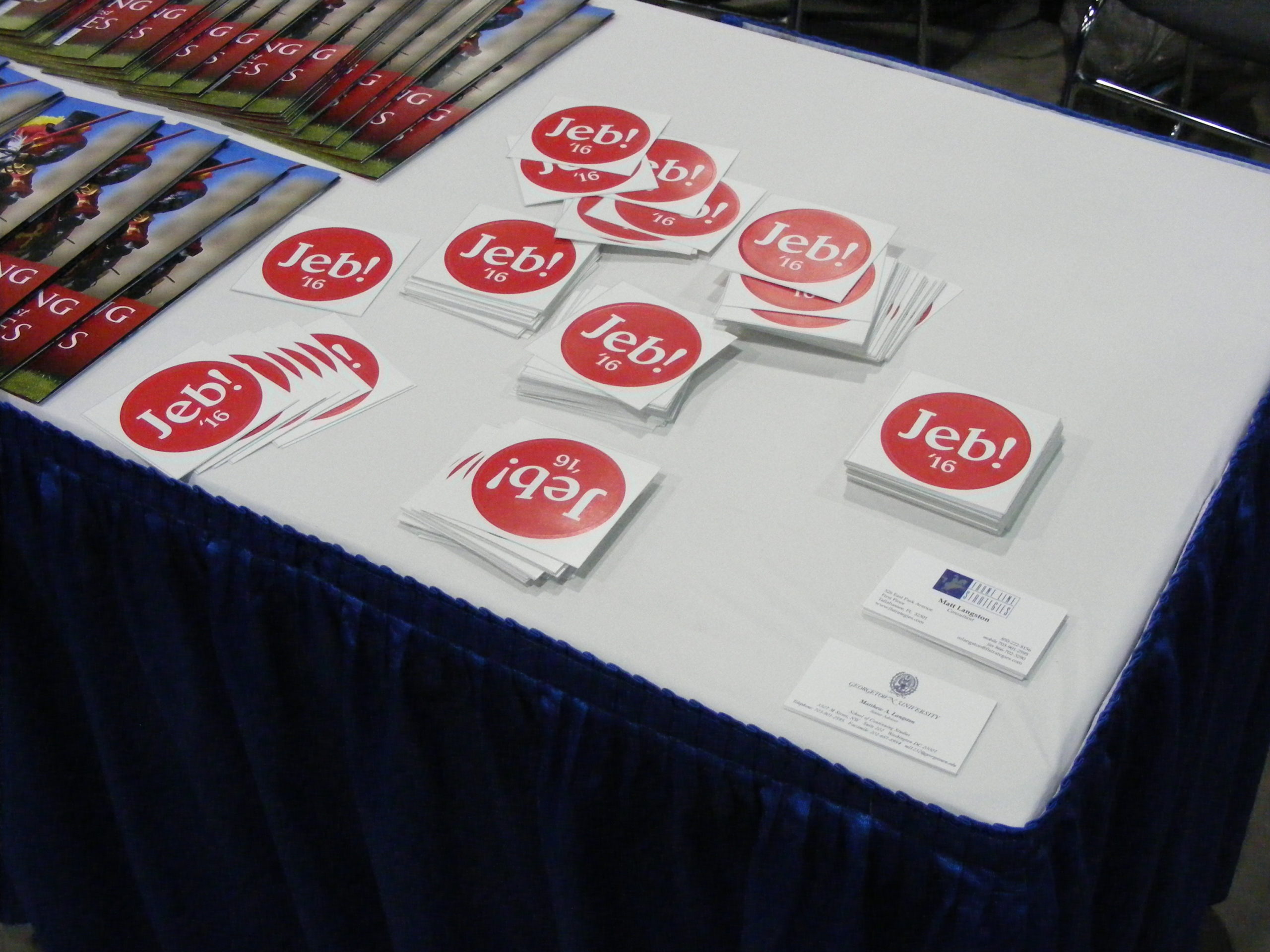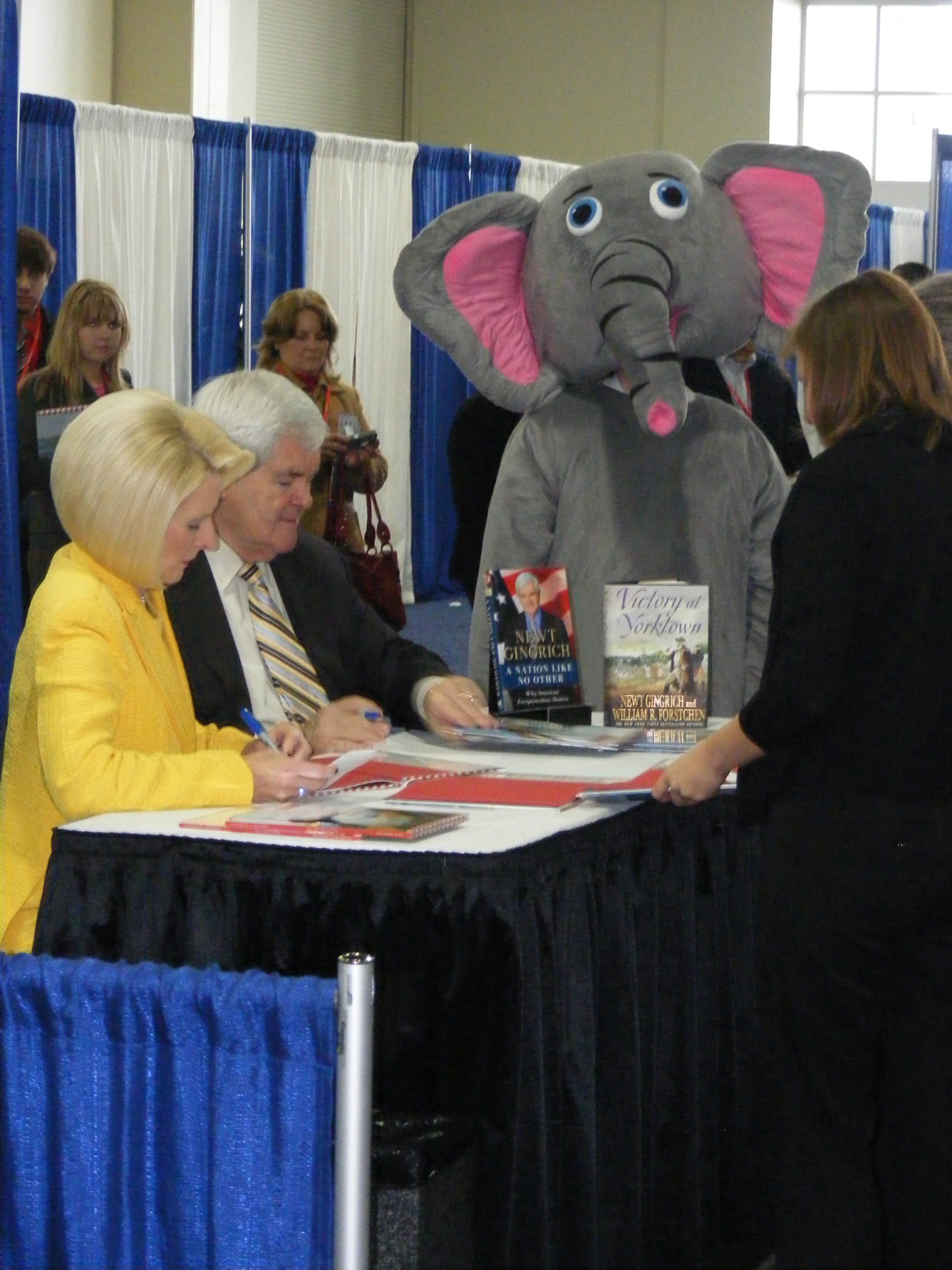This could have been saved for the next odds and ends post, but instead I decided it was a nice post for a slow time of year anyway. And, believe it or not, the information is actually useful for my blogging purposes.
This was the e-mail I received a few days ago. I couldn’t quote the whole thing because WordPress is funny about blockquoting lists, so judicious editing was applied:
Hello Michael,
I trust you and your loved ones are healthy and safe at this most unusual time.
I’m writing because you cited (a website, not the one he’s pitching for) here on Monoblogue.
(snip to excise list)
You can learn more (at a site, which I will get to.)
Do you think Monoblogue readers would find our guide helpful? If so, would you please insert a link for your readers?
Either way, thank you for your consideration, Michael.
Best wishes,
Joel
Yes, another e-mail beseeching me to do something I may or probably don’t feel like doing. This guy was lucky.
Joel almost blew it when he laid it on oh-so-thick:
PS. (our site) was recently featured on Huffington Post & CNBC, and it’d make my day to see it on Monoblogue, too 😉
Yes, that’s his postscript.
Besides the fact that I’m being mentioned in the same breath as Huffington Post and CNBC, the reason I had to laugh was the post he cited. It’s a piece I wrote a decade ago during the 2012 presidential campaign as one of my endorsement selection posts. While this isn’t a #TBT, just for the fun of it here is what I wrote at the time about the eventual GOP nominee:
Mitt Romney shrewdly addresses energy independence in his “job creation” category. But terms like “government must be a partner,” “facilitate,” and “address market failures” don’t convince he wants a conservative, small-government solution. We see what kind of “partner” government has become, and it’s not government’s job to interfere with the market. And believing climate change is caused by mankind is a nonstarter. I’m deducting three points.
“For President 2012: Energy independence,” July 10, 2011.
At the time I was torn between endorsing Michele Bachmann and the late, great Herman Cain. Anyway, if Joel Foster is reading this, and despite the fact I appreciate his patronage of my site, I have to think he needs a hobby.
Yet in all this dross there was a little bit of gold. Joel wrote me on behalf of commodity.com, which is a little bit like another site I feature here called ammo.com – they sell a product or service, but also feature lots of reading material in their blog. And the story he pitched has an angle that concerns Delaware, thus succeeding in piquing my interest.
In it, I learned that certain states use more renewable energy than others. In fact, ultra-liberal Vermont should be proud of themselves because they receive 99.9% of their electricity from renewables. Now, before you imagine the charming fall landscape of Vermont littered with solar panels and wind turbines, it’s worth mentioning that hydroelectric generation is also counted as renewable and that’s where they receive most of that 99.9%. In fact, that’s the source for the top six states on the list, with seventh-place Iowa checking in with 59.4%, predominantly from wind. (I actually posted on situations that helped create this wind energy figure several winters ago.)
On the other hand, guess which state is at the very bottom of the list? Yep, that would be the First State, with a measly 2.5% of electricity created by renewables and the fifth-slowest growth rate in the last five years. Expressed in megawatt hours, Delaware produces the least by a factor of four behind the second-lowest generator (Rhode Island) and less than one-tenth that of the 48th ranked state in terms of production, Connecticut. Like a lot of states at the bottom, our leading contributor is biomass. (And the geniuses in Dover think they can get to some figure like 40 percent by 2035 or whenever? Dream on.)
A look at each leading source is interesting. Six states, including Delaware, have biomass as their leading renewable source, while 18 states are listed as hydroelectric, seven as solar thermal and photovoltaic, and the remaining 19 as wind. If you looked at it on a map, the Midwest is pronounced wind country, and hydroelectric rules the northwest, northeast, and Tennessee River valley. Meanwhile, solar rules the southwest and Florida but surprisingly picks off a few other states along the Atlantic coast, including New Jersey and Massachusetts.
Before I summarize the information at hand, I have a comment about the commodity.com blogsite. Unfortunately, while the blogging content on ammo.com comes primarily from a single, talented writer who works with a pro-liberty mindset like mine, a lot of what goes on commodity.com is writeups based on lists like the one I cite – a list of states and ranks in a particular area of interest, expanded to a paragraph or so on the top ten or fifteen states, including the list at the end. It’s the sort of work for which a content mill gives the article author a few dollars if he or she is lucky. (Or, even worse, they do it for “exposure.” That and five bucks will get you five bucks.) In looking at their author list, they seem to be a collection of small-time writers who may have other day jobs, or perhaps wish they did. It’s like paint-by-numbers for the written word.
As for Delaware, I guess it’s our lot to be at the bottom of the renewable list. We have too much cloudiness and haze during the year to be consistent solar producers and not enough steady wind onshore for wind energy. (Offshore wind has to be mindful of shipping lanes into Delaware Bay.) Unless we can make wattage out of chicken poop, we are basically stuck where we are – and that’s okay, because all those sources cited as renewable come in an arbitrary and capricious manner. (Hydroelectric is probably closest to reliable unless we have a severe drought.) I wouldn’t mind them doing the seismic exploration off the Delaware shore to site a couple test wells for oil or natural gas, but that’s not going to happen with our shortsighted state government insisting we depend more and more on unreliable sources of electricity. We can also see if there’s anything to having natural gas in the Delmarva Basin below us, but the anti-fracking zealots won’t allow that either.
Finally, one other interesting tidbit: at the end of the e-mail I found out this is a Delaware-based company – at least legally, since the address cited is that of Registered Agents Legal Services, LLC. It’s in an otherwise non-descript office building in the suburban area of Wilmington. Chances are their energy isn’t coming from a renewable source.


